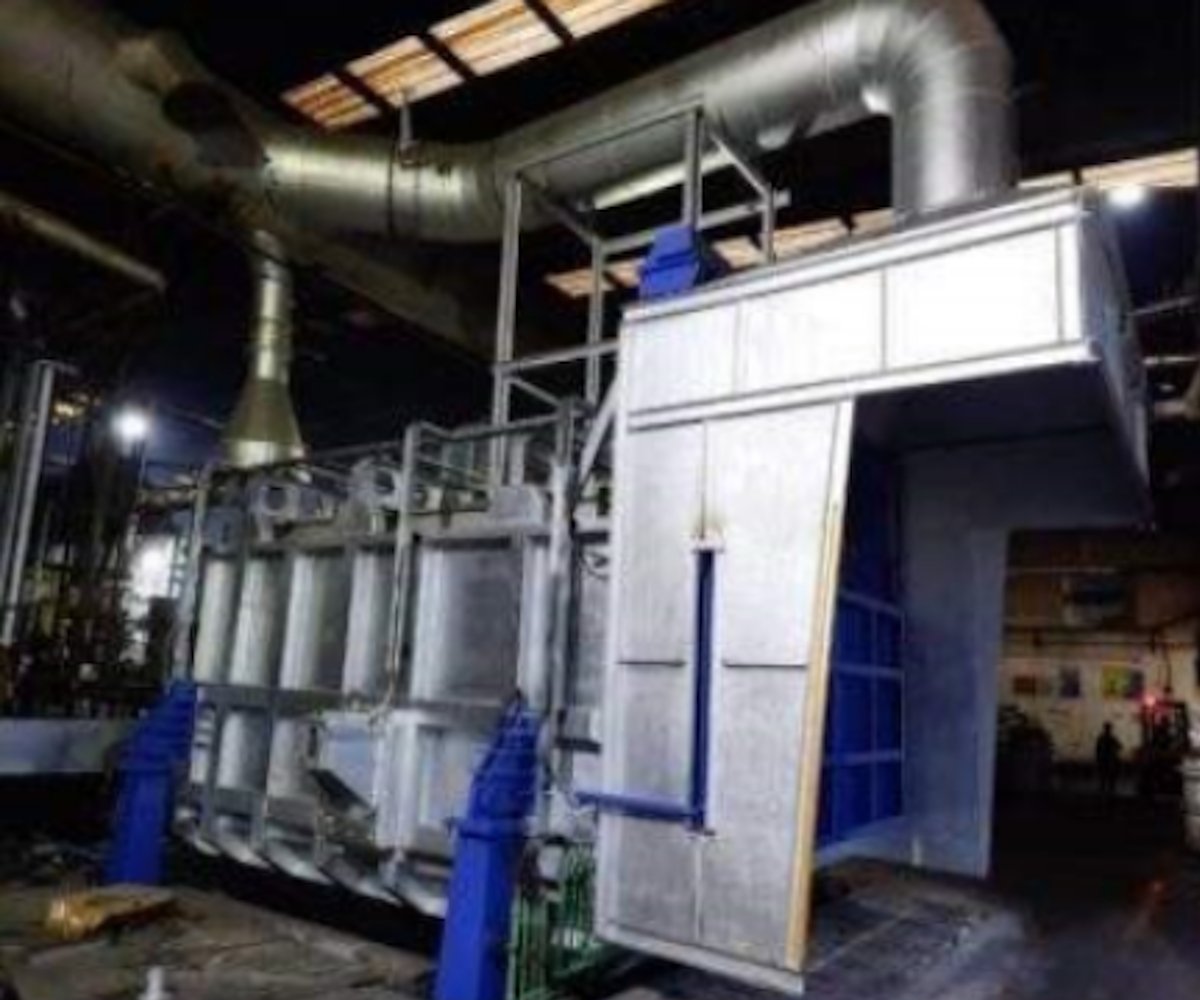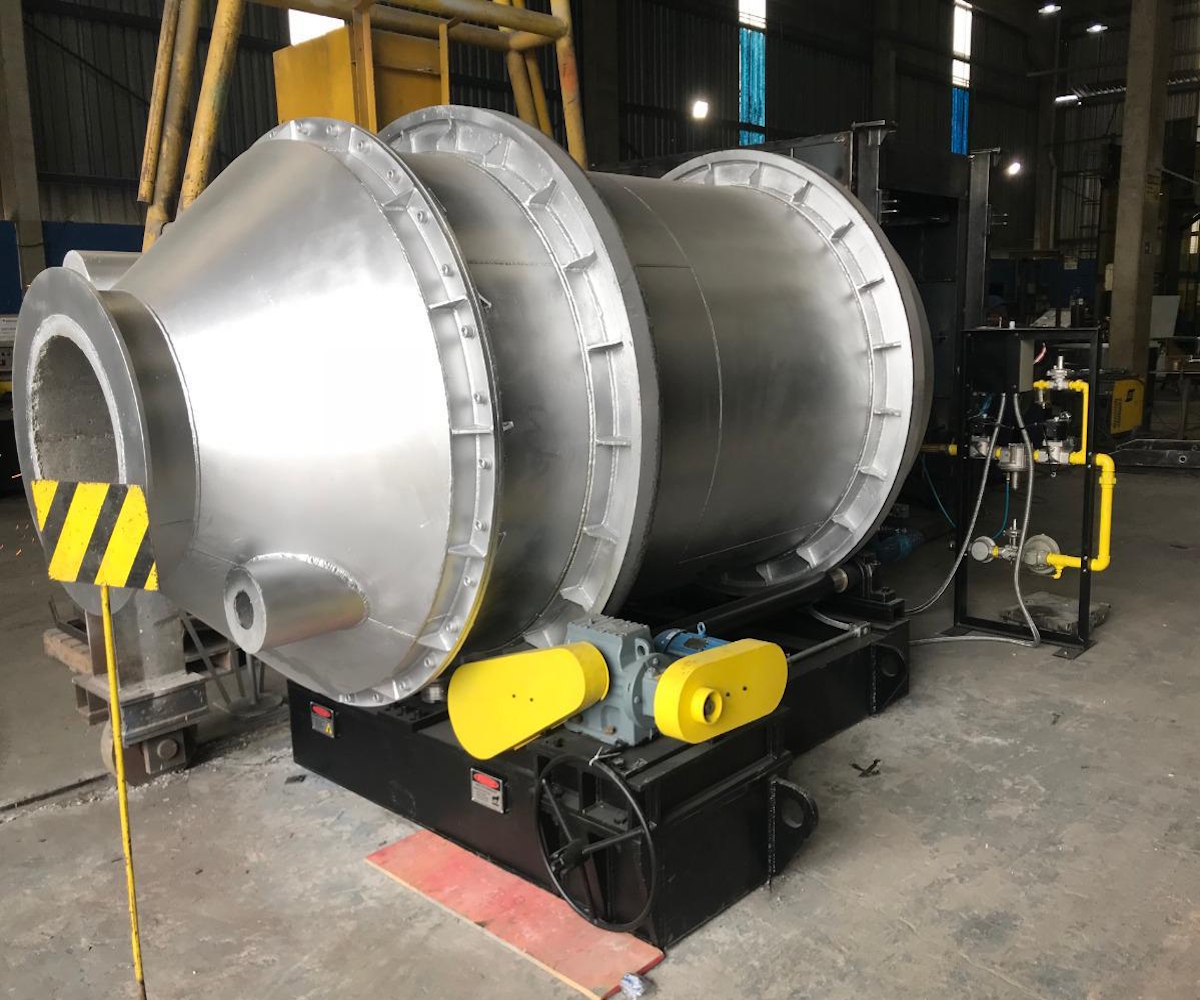Billet Reheating Furnace
By: Continental Furnaces| Price | Available on request |
| Category | Heat Treatment Furnace |
| Manufacturer | Continental Furnaces |
| Min Order Quantity | 1.00 Unit |
| Delivery Lead Time | As per order |
| Place of Origin | India |
| Supply Ability | Customization as required |
| Packaging Details | Standard export packing |
| Transportation Details | Road / Ship |
Description
Billet reheating furnaces play a pivotal role in the metalworking industry by heating metal billets (short lengths of metal stock) to precise temperatures suitable for deformation processes such as forging, rolling and extrusion. The advanced design and functionality of these furnaces ensure efficient heating, optimal energy use and enhanced metal properties.
Types of Billet Reheating Furnaces:
Pusher Furnaces:
Continuous processing as billets are pushed through a series of rollers.
Ideal for high-capacity operations.
Walking Beam Furnaces:
Billets are moved on a series of beams, ensuring uniform and controlled heating.
Reduces surface defects and enhances efficiency.
Rotary Furnaces:
Billets rotate inside the furnace, allowing even and consistent heating.
Suitable for specialized applications.
Key Heating Process Features:
Fuel Source:
Can be powered by gas, electricity or oil, with gas being the most preferred due to its energy efficiency and superior temperature control.
Temperature Control:
Precise temperature regulation is essential to maintain material integrity.
Typical reheating temperatures range between 1,000°F to 2,300°F (approximately 540°C to 1,260°C) to achieve optimal billet properties.
Applications:
Forging: Softens the billet for shaping and improves metal strength.
Rolling: Prepares billets for transformation into sheets, bars or other structural forms.
Extrusion: Ensures billets are adequately heated for forming into complex profiles and shapes.
Advantages:
Enhanced Mechanical Properties: Heating refines the grain structure, improving material strength and toughness.
Improved Workability: Optimized heating makes metals more malleable and easier to shape into desired forms.
Energy Efficiency: Advanced furnaces reduce fuel consumption while ensuring uniform heating.
Other Products
Post requirements















